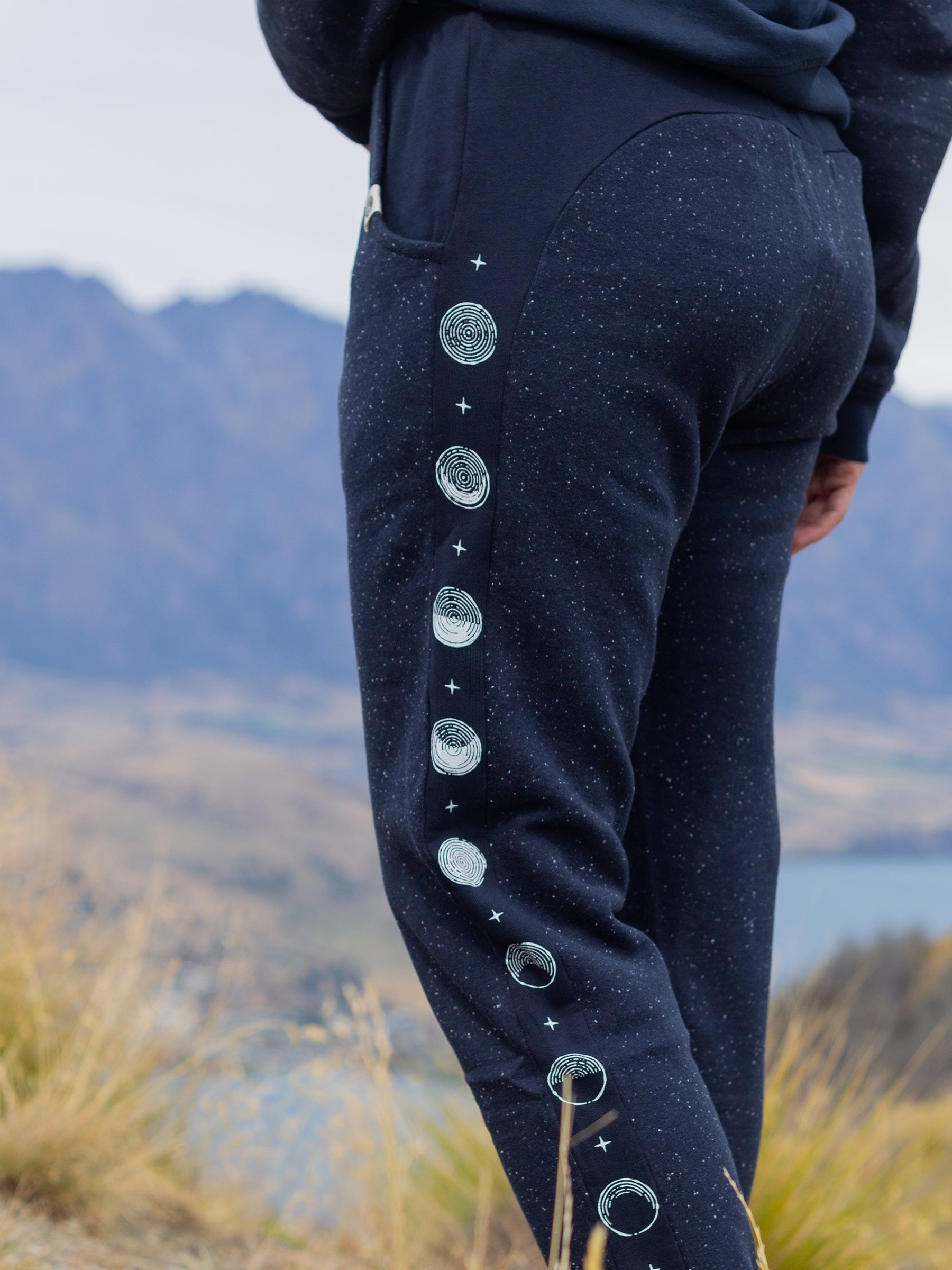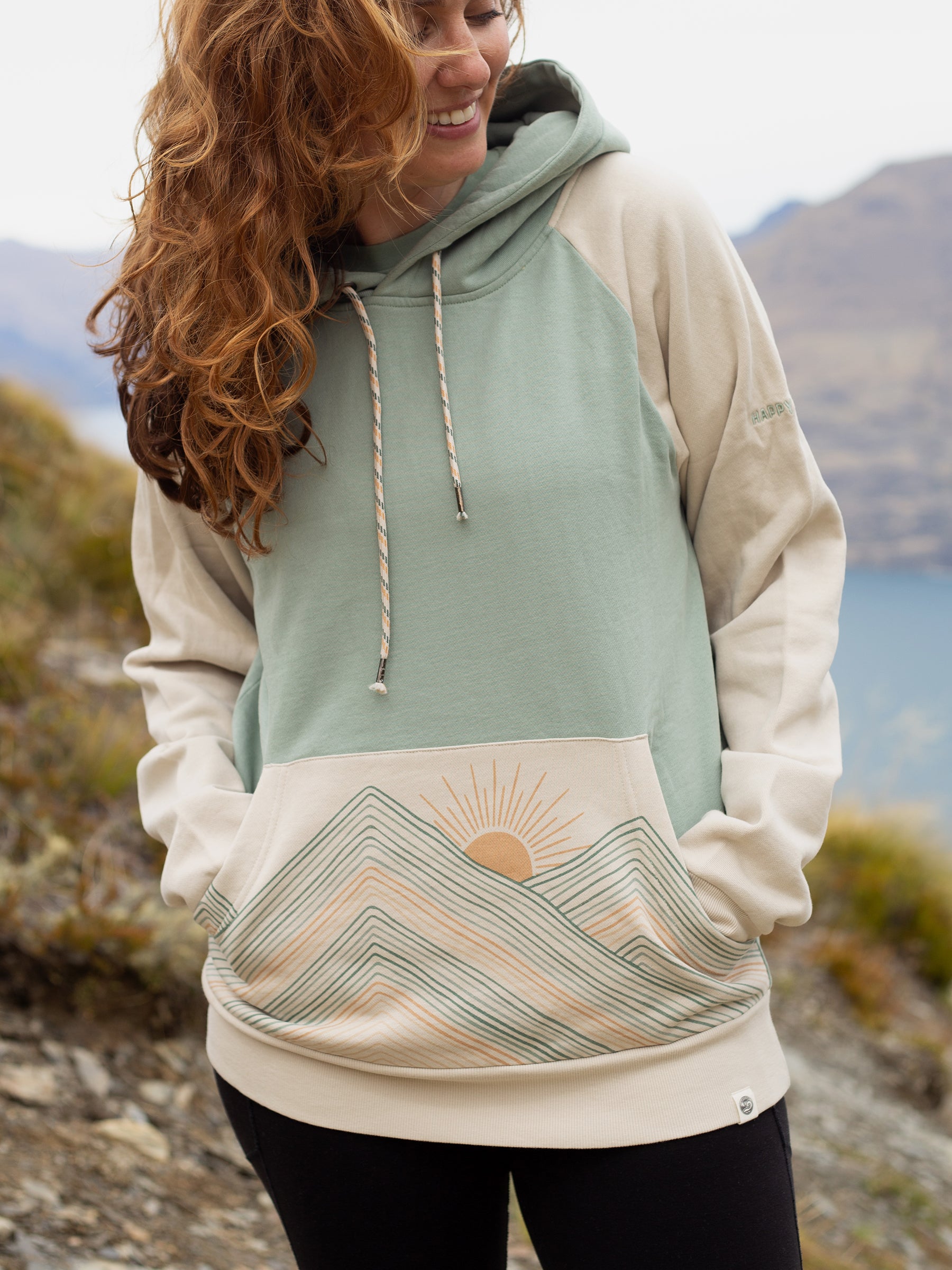by Melissa Hurlburt
This past spring break, I had the amazing opportunity to spend a week performing trail maintenance on the extensive trail network on Cumberland Island, Georgia.
Cumberland Island is the largest island in Georgia, and it is a place steeped in hundreds of years of history, both natural and cultural. The Dungeness mansion ruins on the south end of the island give you an idea of the type of people that lived on the island – a sprawling complex complete with ruined greenhouse and stables, and it was only a vacation home!

Now, the only people that live on the island, aside from a few long-term residents, are volunteers and government employees working on the island, which is considered a national seashore, or part of the national parks system. The island is as wild as it gets.
Stepping off the ferry, my group and I were ushered over to an old van, which we were to drive to our campsite on the north end of the island (also known as the wilderness area). In order to get from one end of the island to the other, we had to drive down miles of undeveloped dirt road. Palm leaves shadowed the road, gray-green moss dripped from twisted, old limbs of oak trees, and the undergrowth was so thick it was impossible not to feel utterly lost and alone in the wilderness.
Our campsite, consisting of a clearing for our tents, a fire pit, and an old hunter’s shack with running water for showers and toilets, a fridge, and pantry space was about as developed as it got on the island. We were cut off from civilization, our only neighbors the raccoons, opossums, and armadillos that stalked the edges of our campsite, waiting for any opportunity to steal our food. Just through the trees at the edge of the site was a vast marsh where we could stand every night, watching the sun as it slowly crawled below the horizon.
In other words, it was paradise.

Our trail work began at 8:00 every morning. We would all pile into the bed of our volunteer coordinator’s truck and drive to the trailhead, grabbing loppers and gloves before getting to work. Our days were spent cutting back saw palmettos, thorn bushes, vines, and other undergrowth. During our hour-long lunch break we would set up our hammocks right there on the trail, munching on sandwiches while pulling ticks off ourselves.
It sounds like tedious, thankless, dirty work, I know. And it was! But it was also so much fun. We got to spend our entire week outside. We worked outside, ate dinner outside, slept outside, and worked outside again. What other college student can say that? Nothing compares to the feeling of seeing a trail so overgrown with palm leaves that it’s all but disappeared, hacking your way through it, and then turning around and seeing a pristine trail behind you.
Not to mention, whacking your way through the undergrowth and throwing cleared branches as far off the trail as you can send them is great therapy.
So now you have the what of my spring break trip, but what about the why? Why did I spend my week hacking down tree limbs and cutting back happily-growing palm leaves? It sounds a little counter-intuitive to the whole environmental conservation movement, no?
It depends on how you look at it. To me, clearing these trails was a great way to give more people the opportunity to experience this wonderful island. And the more people that come to the island, the more people will be inspired by the absolutely magical nature they find here, the more people will realize the importance of protecting our wild places.

Cumberland Island is in danger. There is a proposal in the works to build a 400-acre spaceport on the coast of Georgia, right next to Cumberland Island. If this happens, the pollution from the rocket fuel will forever alter the island’s landscape. The abundant wildlife on the island – the horses, the deer, the alligators, and all the smaller critters – will forever be affected. The population numbers will shift across the island, most likely seeing a decrease. And, of course, human traffic to the island will likely increase in numbers that the island’s current ecosystems will not be able to withstand.
Trail maintenance, and general upkeep of the island, encourages visitors to come and explore the wilderness in all its untouched beauty. By this time next year, the saw palms we cut back will already be overgrown again – so visitors will still be able to experience the feeling of walking through a curtain of palm leaves in the middle of what feels like an Amazonian jungle. The more people that have the opportunity to fall in love with this island the way that I have, the more people there will be to protect it.
Trail maintenance may not have as obvious an effect on the environment as litter clean-ups, but that doesn’t mean the effect isn’t there. By participating in trail maintenance, not only are you paving the way for more people to enjoy the outdoors, but you are paving the way for environmental consciousness and you are encouraging active conservation. So the next time you’re looking for a way to get involved in local conservation, check out becoming a trail maintenance volunteer!




